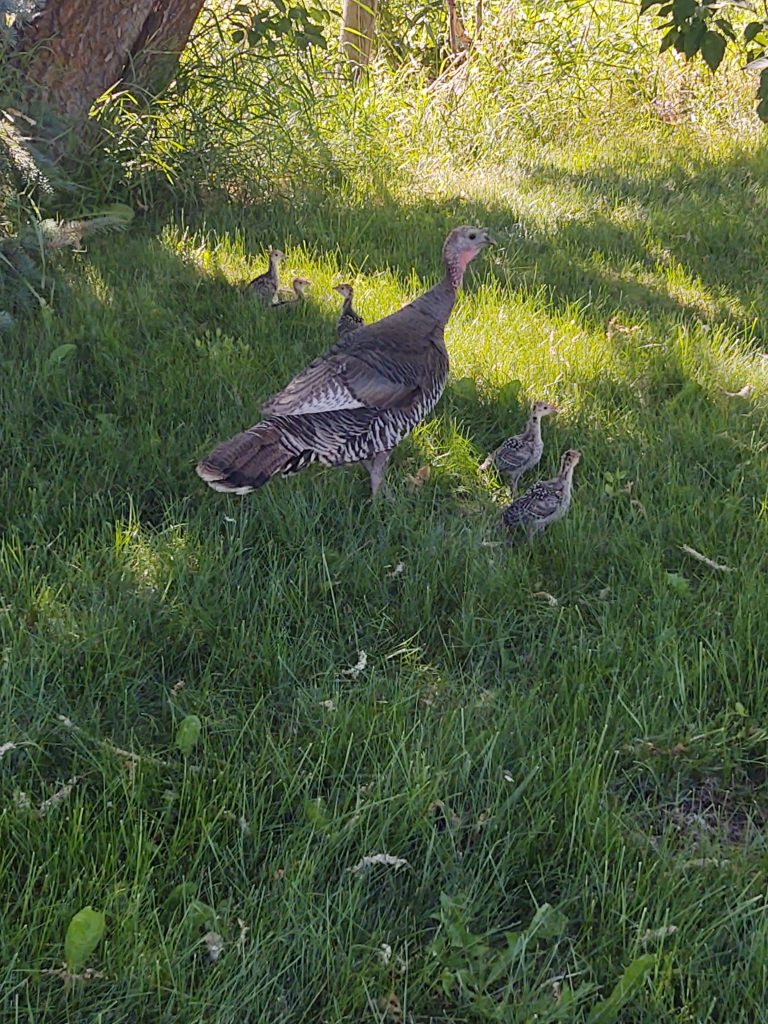Habitat for Summer Survival
Building good brood-rearing habitat that includes early successional growth and then surveying broods through the summer months is key to future populations.
A land manager’s tool kit should include areas that can produce a variety of insects and plant seeds needed for poults to gain the much-needed weight to stay healthy and help them reach adulthood.
Poults weigh about 1 ounce at birth, and the main part of their diet out of the nest is insects, including grass hoppers, locust, black bugs, spiders and most other creeping and crawling critters. Gaining about a pound a month, a good diet of protein will allow poults to gain the weight needed. But they need a more diverse diet as they grow and areas that provide a variety of berries and plant seeds become essential.
Early Successional Habitat
Creating areas of early successional habitat throughout your property can provide good areas for hens to raise their young during the summer months. Early successional habitat is an area that has vigorously growing grasses, forbs and other herbaceous plants. These areas can be created either by burning, mowing or disking in mid-winter months. In early spring and summer these areas will have taken on a variety of new plant life that provide areas insects will thrive in, as well as produce a variety of seeds and fruit-bearing plants that poults will seek for food. These areas serve as a food source, but also as cover from predators.
Areas to Create
Sites on your property that can be used to create early successional habitat include power line rights of way, roadsides, abandoned fields and unplanted food plots set aside just for mowing or disking. Controlled burning of timber stands in the winter months will tame unwanted hardwood growth while providing native forbs and grasses for young birds. Hens will bring their poults to these areas for feeding and loafing.

Hatching Success
Mid-to-late summer is a great time to measure just how successful nesting and hatching may have been. Conducting a brood survey from July to late August can help the habitat manager or landowner have some idea what to expect with turkey populations on their property for the coming year. In a general survey, you’ll look for the number of single hens, gobblers and poults that you observe during these months. Key things to look for are the number of poults with a single hen and single hens without poults. This is all observation data you can obtain by either trail cameras at specific areas frequented by turkeys, such as early successional areas or roads, power line rights of way and gas lines, or by riding the property and physically making observations. Using an observation form to include date, area, hen, gobbler, poult and additional comments will help you record the data needed.
State wildlife agencies conduct summer brood surveys each year to help determine reproduction success. Volunteering to participate in these surveys by collecting observation data will help ensure proper management of wild turkeys.
